Researchers from CIC-nanoGUNE (San Sebastián, Spain), in collaboration with the Donostia International Physics Center (San Sebastián, Spain), Materials Physics Center (CFM, CSIC-UPV/EHU, San Sebastián, Spain) and University of Oviedo demonstrate a new way to strongly couple infrared light and molecular vibrations, by utilizing phonon polariton nanoresonators made of hexagonal boron nitride, a Van der Waals material.
The results published in Light: Science & Applications (“Boron nitride nanoresonators for phonon-enhanced molecular vibrational spectroscopy at the strong coupling limit”) open new avenues for fundamental studies of vibrational strong coupling, as well as for the development of novel infrared sensors for chemical recognition of very small amounts of molecules.
The interaction of light and matter at the nanoscale is a key element for many fundamental studies and technological applications, ranging from light harvesting to the detection of small amounts of molecules.
During the last decades, many strategies have been implemented in order to enhance nanoscale light-matter interactions. One approach is based on concentrating light with the help of propagating and localized surface plasmon polaritons, which are collective electron oscillations in metals or semiconductors that are coupled to light. These electromagnetic excitations can concentrate light into nanoscale spots, so-called hotspots. At mid-infrared frequencies, they enable, for example, the detection of tiny amounts of molecules. This method is called surface-enhanced infrared absorption (SEIRA) spectroscopy. However, typical mid-infrared plasmonic structures suffer from large losses and do not achieve ultimate light concentration.
An interesting but much less explored approach for enhancing nanoscale light-matter interaction is based on infrared-phononic materials, in which light couples to crystal lattice vibrations to form so-called phonon polaritons. “Phonon-polariton resonators offer much lower losses and field confinement than their mid-infrared plasmonic counterparts. For that reason, we decided to develop and apply infrared-phononic resonators to enhance the coupling of infrared light to molecular vibrations” says postdoc Marta Autore, first author of the paper.
Image Credit: Ella Maru Studio
News This Week
Team finds flawed data in recent study relevant to coronavirus antiviral development
The COVID pandemic illustrated how urgently we need antiviral medications capable of treating coronavirus infections. To aid this effort, researchers quickly homed in on part of SARS-CoV-2's molecular structure known as the NiRAN domain—an [...]
Drug-Coated Neural Implants Reduce Immune Rejection
Summary: A new study shows that coating neural prosthetic implants with the anti-inflammatory drug dexamethasone helps reduce the body’s immune response and scar tissue formation. This strategy enhances the long-term performance and stability of electrodes [...]
Scientists discover cancer-fighting bacteria that ‘soak up’ forever chemicals in the body
A family of healthy bacteria may help 'soak up' toxic forever chemicals in the body, warding off their cancerous effects. Forever chemicals, also known as PFAS (per- and polyfluoroalkyl substances), are toxic chemicals that [...]
Johns Hopkins Researchers Uncover a New Way To Kill Cancer Cells
A new study reveals that blocking ribosomal RNA production rewires cancer cell behavior and could help treat genetically unstable tumors. Researchers at the Johns Hopkins Kimmel Cancer Center and the Department of Radiation Oncology and Molecular [...]
AI matches doctors in mapping lung tumors for radiation therapy
In radiation therapy, precision can save lives. Oncologists must carefully map the size and location of a tumor before delivering high-dose radiation to destroy cancer cells while sparing healthy tissue. But this process, called [...]
Scientists Finally “See” Key Protein That Controls Inflammation
Researchers used advanced microscopy to uncover important protein structures. For the first time, two important protein structures in the human body are being visualized, thanks in part to cutting-edge technology at the University of [...]
AI tool detects 9 types of dementia from a single brain scan
Mayo Clinic researchers have developed a new artificial intelligence (AI) tool that helps clinicians identify brain activity patterns linked to nine types of dementia, including Alzheimer's disease, using a single, widely available scan—a transformative [...]
Is plastic packaging putting more than just food on your plate?
New research reveals that common food packaging and utensils can shed microscopic plastics into our food, prompting urgent calls for stricter testing and updated regulations to protect public health. Beyond microplastics: The analysis intentionally [...]
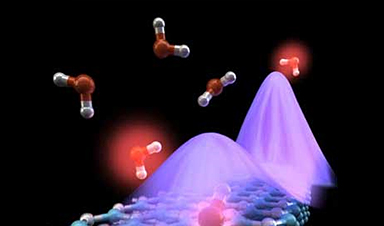
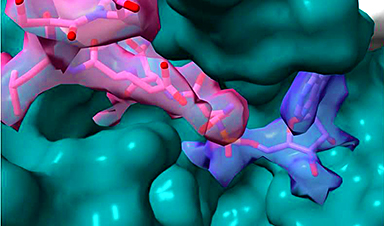
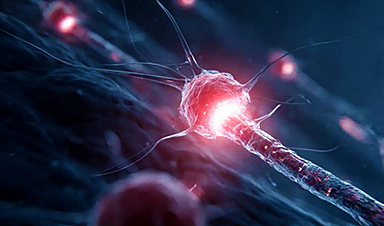






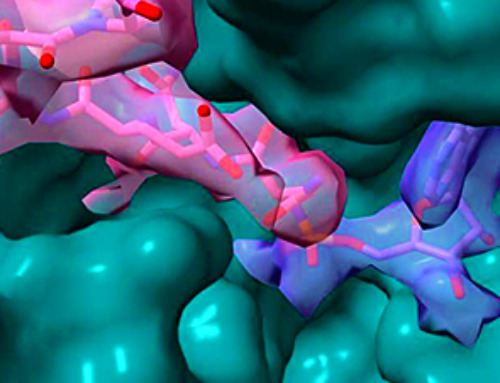
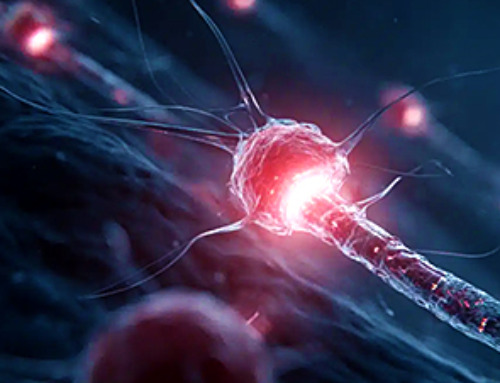


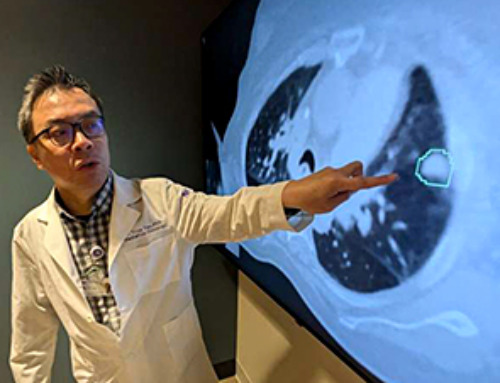
Leave A Comment